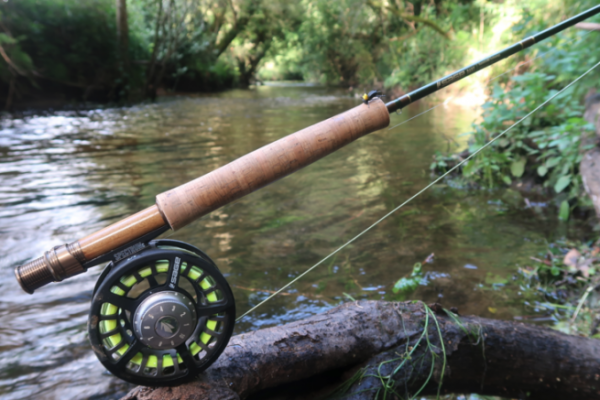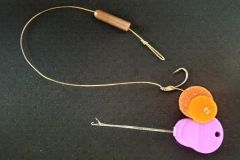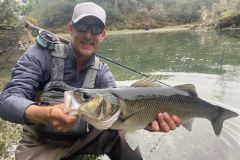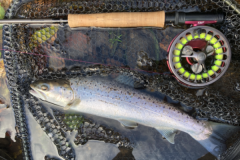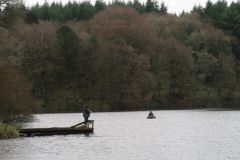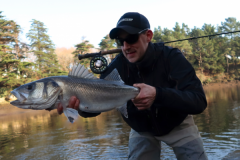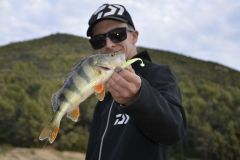Fly fishing for trout
In France, trout fly-fishing is very often done dry, but with the evolution of aquatic environments, more and more is done nymph-fishing.
Whether in small, medium or large rivers. On flat or mountain rivers, slow or fast, you need to make the right choices to acquire the right rod or, on the contrary, a versatile rod that will enable you to adapt to fishing conditions and situations.
First of all, you need to choose the right rod length, then the right action for your level of fishing and casting, as well as the size of the rivers and fish you're after.
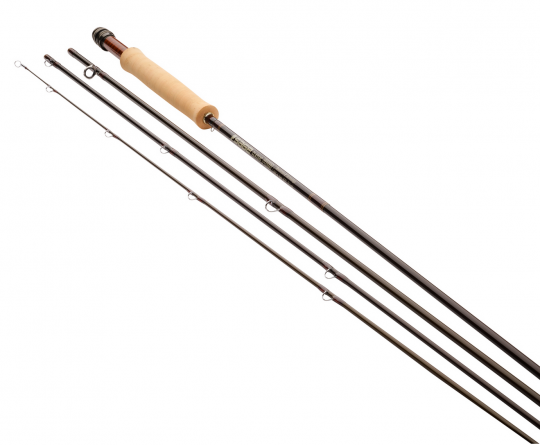
- Rod length
In France today, the most popular rod on the market is a 9-ft (2.70 m) for 4-gauge line. This is an all-purpose size and power that allows you to fish virtually all the rivers in our river network.
However, larger river anglers will prefer longer rods, while smaller river anglers will prefer shorter rods.
The length of your rod will depend not only on the size of the rivers where you'll be practising your passion, but also on their profile.
The larger the river, the longer the rod, as on the Dordogne and the Gaves, for example.
The faster the river, mainly in the Alps and Pyrenees, the longer the rod will be, giving a greater lever arm and therefore good drift quality, to avoid dredging.
In such cases, 10-foot 4/5 silk rods are the norm.
Conversely, an angler from Brittany or the Massif Central will tend to fish small rivers often populated by smaller trout, and the use of 7 to 8-foot rods will be more common. Even smaller rods (6 to 7 feet) for fishing large streams or headwaters are also used, but by a small proportion of anglers. These are often secondary rods for occasional practice.
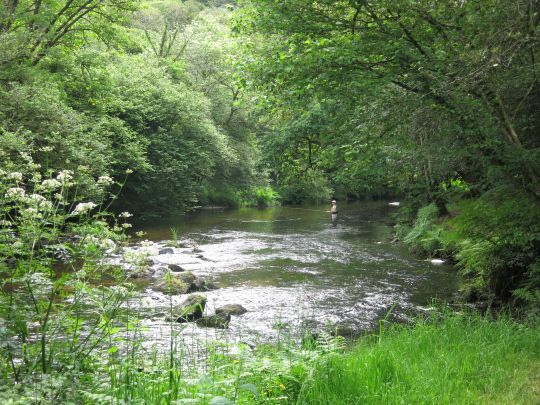
- Rod action
There are several cane actions on the market today:
- Slow action: these actions are used less and less. Known as parabolic rods, these were very common several decades ago. Nevertheless, they may still suit some anglers who like to fish with a rod that works from butt to tip.
- Moderate or moderate action: these are rods with an action somewhere between slow and semi-rapid.
- Semi-rapid action: these are rods that will work on the middle to upper part of the rod.
- Fast to very fast action: in this case, only the top third of the rod (the tip) will be in action.
The slower the action, the more the rod will bend over a larger part of the blank.
The faster the action, the less the rod will bend. Only the tip will bend, while the rest of the blank retains great power.
Most anglers use moderate or semi-fast rods that allow them to cast at all distances and get a good feel for the water.
Fast rods are designed for experienced and expert anglers who like speed. They are often used for longer-range fishing.
- Rod power
The rod's power is characterized by the number of lines it can cast.
Today, rods are made for a single line number, whereas before a rod could be a little under- or over-loaded depending on their actions and the angler's choice.
Some anglers continue to change the number on certain rods, but for taste or for a specific purpose.
The ideal is to choose a rod power and use the appropriate line.
For a 9-foot rod with a 4-grain line, you'll need a 4-grain line (WF or DT).
In France, trout anglers use rods of power 3 to 6.
Bristles 3 and 4 for small to medium river fishing, often with rods from 7.6 to 9 feet.
4 and 5 bristles for medium to large rivers for 9 to 10 foot rods.
6" bristles for larger fish or abroad (New Zealand, Argentina, etc.).
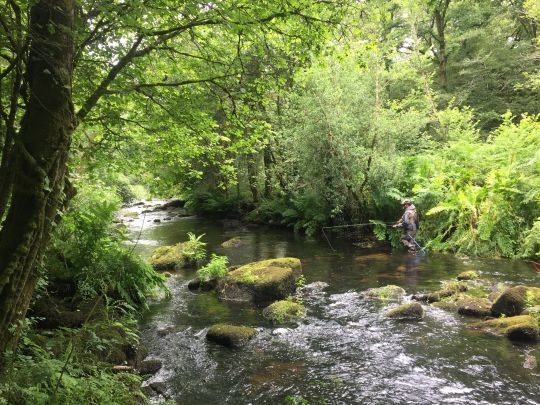
Types of fishing
Rod selection also depends on the type of fishing you'll be doing on a regular basis.
For dry fly fishing, which is the most popular technique but tends to be used less and less as insect hatchings become rarer and rarer, as flies are light, it is common to use 9-foot rods for 4 or 5 fly lines.
For fishing faster waters, longer, more powerful rods will enable you to cast larger flies or two flies (tandem fishing), but also to fish nymphs on line, which can be done with the same type of rod. In this case, a 10-foot 3/4" silk is well suited.
For other, much less common types of fishing, i.e. drowned or streamer fishing, rods with different actions can be used.
For drowned flies, rolled casting is often used, requiring moderate or semi-rapid actions. Streamer fishing requires larger and/or heavier flies, and a more powerful rod with a semi-quick to fast action and 5/6 line will be more suitable.

Practice level
The level of practice (beginner, advanced, expert) will also be a factor in choosing the right action rod.
When you're new to fly fishing, moderate and semi-fast rods are easier to master and allow you to better feel the action of the line on the rod to achieve the right timing. These actions are also more forgiving of blocking and timing errors by novice anglers.
The better you get at casting, the more likely you are to use fast rods, unless you don't need them.
The most versatile rods are the semi-fast ones, and today all brands offer this type of action.

Adapting your rod to your needs
To sum up, there are several factors to consider when choosing your rod, as we have seen in this article.
So you need to have a good idea of what you want to do with it, to guide you in your choices.
Today's fly fishermen often have several rods for different uses.
- A rod for dry and sight nymph fishing.
- A rod for line nymph fishing. And some anglers will also have one or more other rods for fishing small or large rivers.

 /
/ 